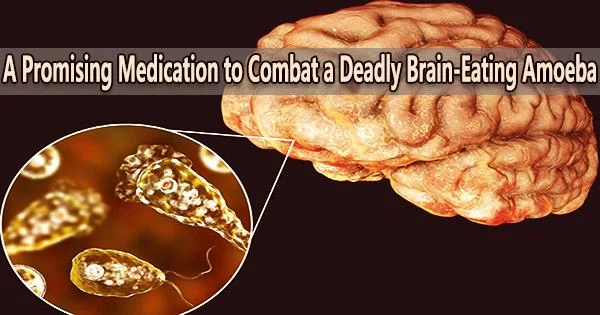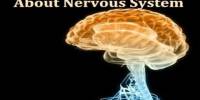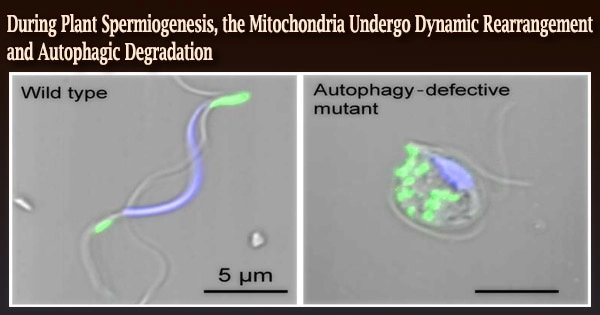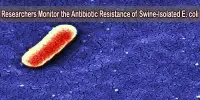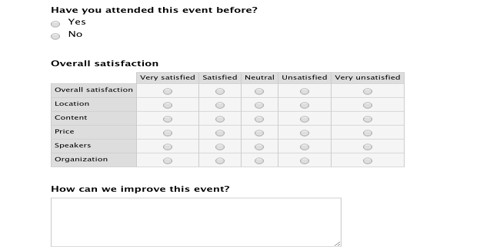A “brain-eating amoeba” is a term used to describe a rare but deadly infection caused by an amoeba called Naegleria fowleri, which causes the disease primary amebic meningoencephalitis (PAM). This amoeba is typically found in warm freshwater, such as lakes and rivers, and can enter the body through the nose when swimming or diving.
When inhaled, typically during swimming and other recreational water activities, the amoeba can migrate up the olfactory nerve and feed on the human brain. PAM is a very rare infection, and it is often fatal. With symptoms typically starting five days after exposure, patients succumb to brain damage after another five days.
To date, 157 cases have been recorded in the United States, mainly affecting children and young adults and clustering in the Southern states. Last year, cases were reported in Arizona, Nebraska and Iowa.
Currently, brain penetrable antimicrobial medicines are commonly administered to PAM patients at extremely high doses; nevertheless, these medications are linked to serious side effects and are mostly unsuccessful, with a case fatality rate that is still more than 97%.
The sad record of the largest historic outbreak of PAM with 16 fatalities occurred in Europe in the Czech Republic in an indoor swimming pool. Clearly, PAM is a rare disease. However, experts caution that as a result of global warming, we may run into amoeba more regularly. In fact, the incidence of amoeba in the United States is growing in the northern states.
We have designed molecule derivatives, guided by the molecular mechanism of action that the biologists have established and with the ability to pass the blood-brain barrier more efficiently. It feels like we are just a few steps away from the discovery of the first efficient therapeutic intervention for this horrifying disease.
Dr. Werner and Dr. Stursa
Now, a multidisciplinary team of researchers at Biocev (Czech Republic), parasitologists and experts in first-stage drug discovery from the Faculty of Science of Charles University together with medicinal chemists from the Institute of Biotechnology, have discovered a potential drug.
“PAM is a rare disease that falls outside the scope of market-driven research,” said Dr. Zoltner, Head of the newly established Drug Discovery Unit at Biocev, which has the mission to cater to patient’s needs rather than profit.
“Benzoxaboroles, a novel class of organo-boron drugs, have shown great potential to combat infectious parasitic diseases, including sleeping sickness, a brain infection caused by African trypanosomes.”
“Here at Biocev, we had the expertise to put these compounds to test against pathogenic amoebae that are difficult to work with,” parasitologist Dr. Sutak added.
Medication screens discovered a related benzoxaborole compound that was capable of effectively eliminating cultivated amoeba while the sleeping sickness drug candidate acoziborole had no impact.
“It all became very exciting when we could demonstrate a cure in our PAM animal infection model,” Dr. Šuťák remarked.
The research, published in the journal Antimicrobial Agents and Chemotherapy, reports that experimental treatment of Naegleria fowleri infected mice significantly prolonged survival and showed a 28% cure rate without relapse, with no evidence of drug-related toxicity.
The medicinal chemists Dr. Werner and Dr. Stursa have started to optimize the therapeutic molecule.
“We have designed molecule derivatives, guided by the molecular mechanism of action that the biologists have established and with the ability to pass the blood-brain barrier more efficiently. It feels like we are just a few steps away from the discovery of the first efficient therapeutic intervention for this horrifying disease.”
